The ruthless woman-executioner: why everyone was afraid of the wife of the commander Shchors like fire
Categories: History
By Pictolic https://pictolic.com/article/the-ruthless-woman-executioner-why-everyone-was-afraid-of-the-wife-of-the-commander-shchors-like-fire.htmlFrum Haikin was feared like fire. Because she killed people without thinking: about 200 people are listed in her personal assets.
A thin, black-haired, very determined woman named Fruma lived three lives. There were different lives, under different surnames. More precisely, not even so. She died at the age of eighty, but her life, her real life, one of the three that fit into the years of her earthly existence, was very short and bright, like a meteorite.
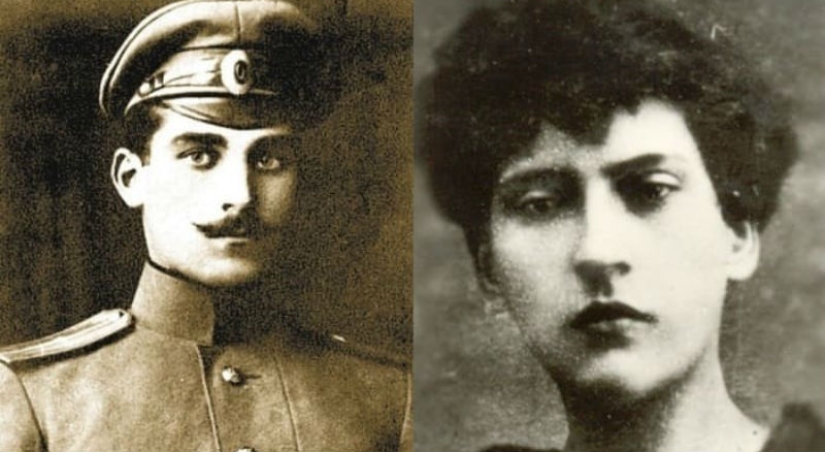
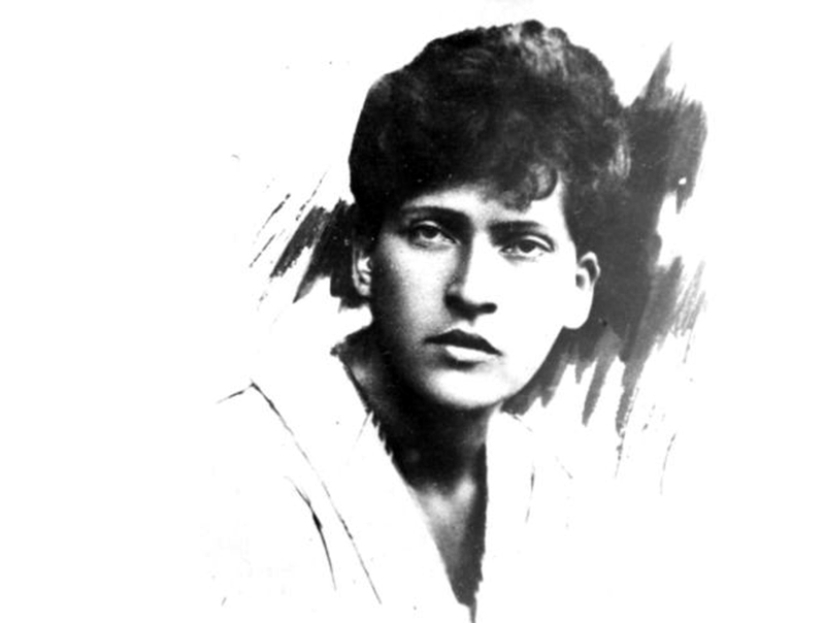
On February 6, 1897, a daughter of Frum was born in Novozybkov, Chernihiv province, in the family of a Jewish official. She received a home education within two classes and diligently, as befits a girl from a decent Jewish family, learned to sew, because, pray tell, who will sew her a dowry that will still be needed?
In general, very little information has been preserved about her childhood and youth. She herself, apparently, did not really like to remember these years later in a Jewish town. They said that she seemed to have been well brought up, that she was a student. And that she grew up a beauty.

Nikolai Shchors and his wife Fruma Haikina.
She joined the revolutionary movement of Frum Haikina in 1917. In 1918, she appeared in the city of Uneche (now the Bryansk region) at the head of a detachment of Chinese and Kazakhs who had been hired to build a railway before the revolution. Now they were left out of work, and the new government quickly formed combat detachments from them,including with the local Cheka.
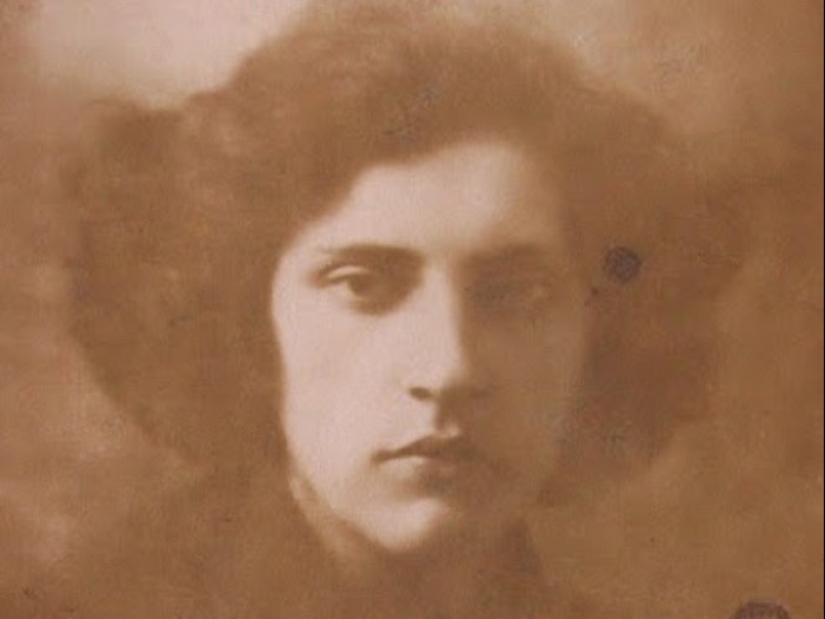
Fruma Haikina-Shchors.
The combat task of the detachment was to restore revolutionary order at the border station, as well as, as the instructions to the emergency commissions on the ground of 1918 stated, " supervision of counter-revolutionary agitation, the local bourgeoisie, unreliable counter-revolutionary elements, kulaks, speculators and other enemies of the Soviet government, taking preventive measures and warnings against enemies."
From this list of official duties, it is clear that yesterday's student was a complete mistress in Unech. She wore a leather jacket and leather pants, always accompanied by her Chinese and with a mauser on her side. Froome did not find it difficult to use this mauser at all if necessary. She was the head of the local Cheka and a member of the Unech Revkom.
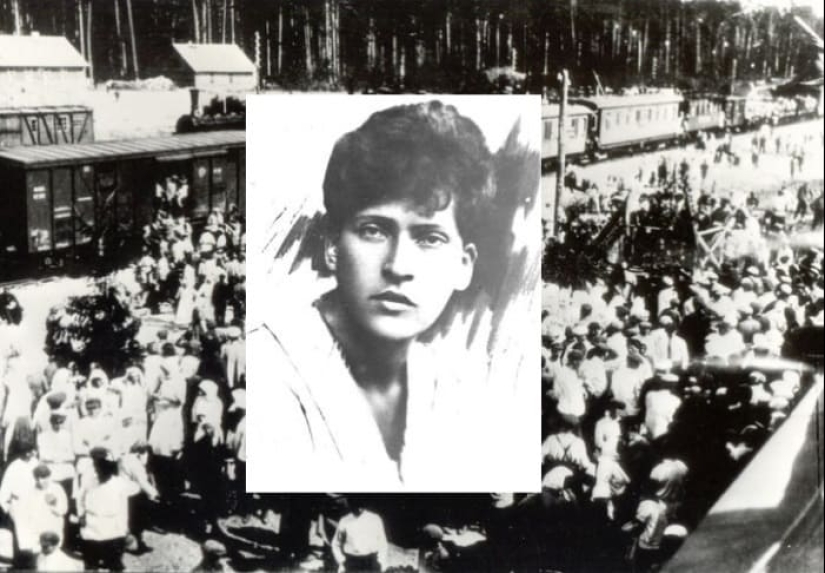
At the Unecha station, Fruma Haikina felt like a full-fledged hostess.
There are memories of how exactly Fruma brought revolutionary order to the border territory. As soon as she saw the" alien mood " of a White Guard or a representative of the bourgeoisie, this short, thin girl ordered: "Execution!" and the Chinese carried out the sentence immediately.
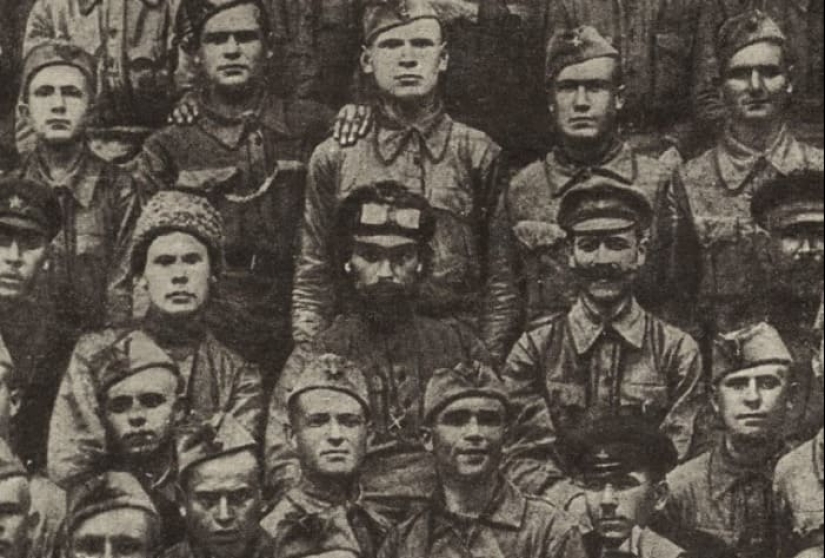
Nikolai Shchors among the cadets of the school of command staff, the newspaper "Searchlight". 1935.
There are also more piquant memories. "Khaya in leather pants" - so they called her to her face and behind her eyes-decided the fate of the inhabitants of Unecha, sitting on the porch of the house assigned to the headquarters of the Cheka. "Everyone listens to her. She searches herself, judges herself, shoots herself: she sits on the porch, judges here, and shoots here, " Taffy reports the eyewitness's story in his memoirs.
And then: "And he is not shy about anything. I can't even tell it in front of a lady, I'd rather tell it to Mr. Averchenka alone. He is a writer, so he will be able to somehow make it clear in a poetic form. Well, in a word, I will say that the simplest Red Army soldier sometimes leaves the porch somewhere to himself on the sidelines. Well, so, this commissar does not go anywhere and does not recognize any embarrassment..."

Hope Taffy.
Haikina appeared in Unech in the winter. And a few months later, in the spring of 1918, Shchors, the commander of the Bolshevik partisan detachment, also arrived here. Of course, the regiment commander and the hostess of the local Cheka could not help but meet. They met. And soon the chekists and fellow soldiers of Shchors and other motley audience learned that the "red commander" and "Khaya in leather pants" had twisted love.
They were especially brought together, probably, by the mutiny in the Bogun regiment, which Shchors was engaged in forming. The rebels defeated the Cheka, occupied the headquarters of the regiment, seized the telegraph office, destroyed the railway track and sent to the Germans with a request to occupy Unecha. Shchors escaped only because he managed to escape from the rioters who tried to arrest him. The riot was suppressed, but the representatives of the new government had to go through several very anxious days. In the late autumn of 1918, Fruma got married, and her last name became Shchors. But even after that, Froome did not part with leather pants and a mauser. The military formations under the command of Shchors also had their own CHEKA services, and the wife of the red commander successfully headed them.
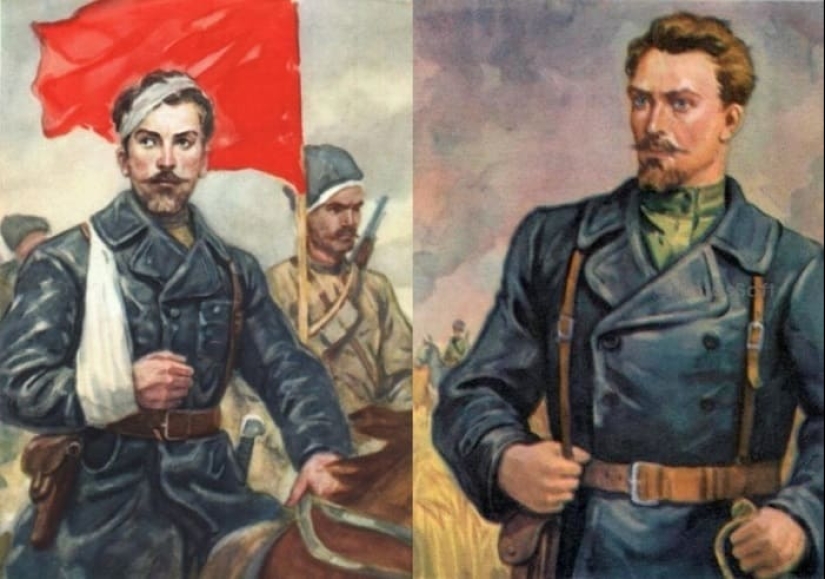
Nikolai Shchors.
By mid-December, Shchors ' detachment had knocked out detachments of Germans and Haidamaks from the districts adjacent to Unecha, in particular from Klintsov — the so-called soldiers of the Hetman regime that ruled Ukraine in those years. A new, revolutionary order was to be established in the territories cleared of counter-revolution. This is what Fruma Shchors was doing. Years later, people remembered how this determined woman rode around the Streets on horseback, in her invariable leather pants, with a mauser on her side. Under her leadership, all those who collaborated with the Gaydamaks were identified and shot. At the same time, neither women nor teenagers were spared.
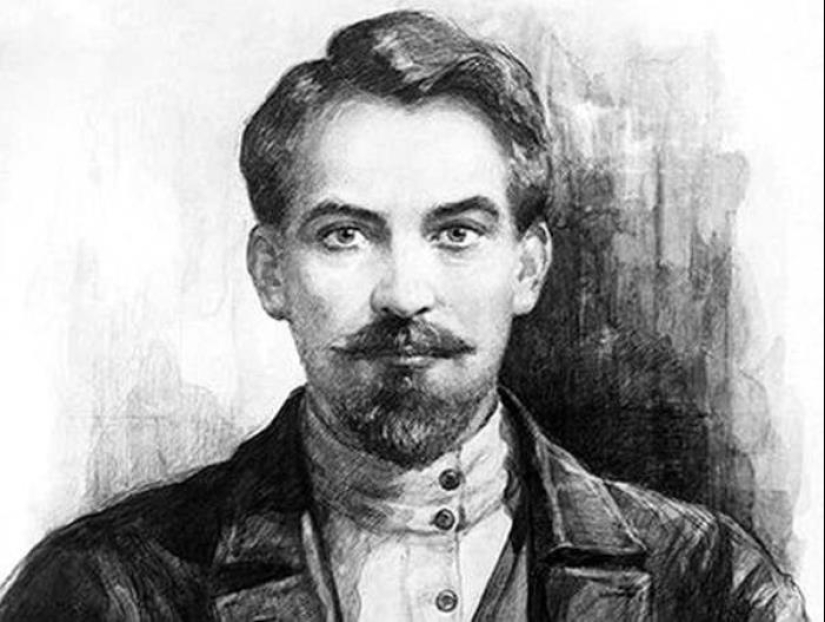
Nikolai Shchors.
On August 30, Shchors was killed during a battle with the Petliurists. Fruma considered it good to leave the Bryansk region, and did so under the pretext that many then seemed far-fetched: she took her husband's body to bury him as far away as possible and thereby save him from possible abuse by the Petliurists. For some reason, Samara was chosen as the burial place.
This concludes the story of "Khai in leather pants".

Fruma Khaykina (Rostov-Shchors).
After being widowed, Fruma Yefimovna took the surname Rostov, abandoning both her maiden and her husband's. She received a technical education, participated in the construction of the GOELRO system at Moscow aircraft factories.

A frame from the film by A. Dovzhenko "Shchors", 1939.
But after 1935, when Stalin decided that the Ukrainian people also needed their own hero like Chapaev and the "canonization" of the Bogun commander began, Fruma Efimovna worked primarily as a "widow of Shchors". She participated as a consultant in the filming of Dovzhenko's film about Shchors, attended rehearsals of the opera "Shchors", helped in the preparation for the publication of the collection "The Legendary Commander", which also contained her memories. She performed a lot during this period, participated in various official events. As the widow of a civil war hero, she was allocated an apartment in the "house on the embankment".
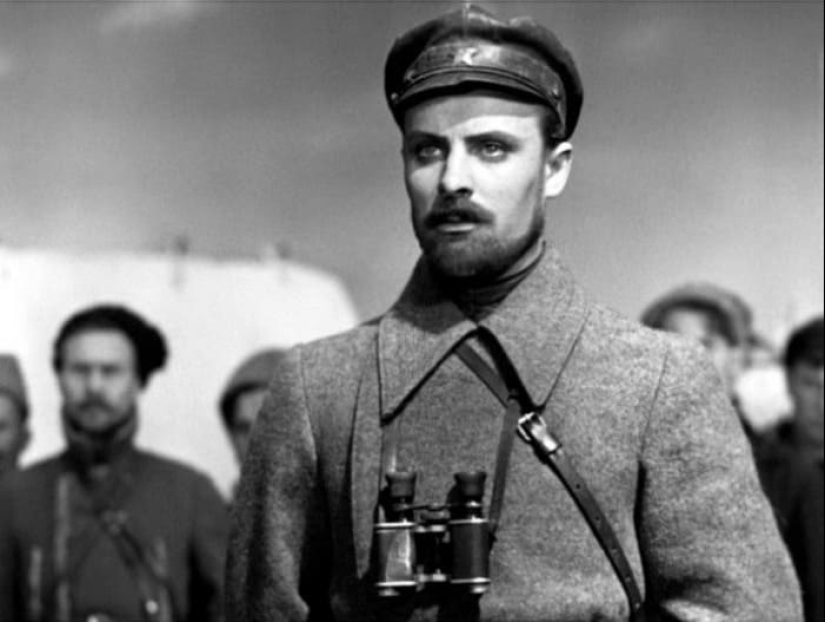
A frame from the film by A. Dovzhenko "Shchors", 1939.
Her daughter from her marriage with Shchors, Valentina, married the famous Soviet physicist I. M. Khalatnikov.

Fruma Khaykina-Shchors-Rostov died in 1977.
Keywords: History | Women | Cruelty | Revolution | Russian empire | Civil war | Wife
Post News ArticleRecent articles

Catherine Deneuve is one of those Actresses that the definition of "fatal beauty" refers directly. She broke the hearts of Marcello ...

On the eve of the New Year, a magical atmosphere reigns in every house — everything is hung with shiny tinsel, there is an ...
Related articles

No matter how long a person lives in the world and no matter how much new knowledge he receives, there will always be something ...

Beauty is a subjective concept. Each country has its own ideas about the beautiful. In Africa, fullness is considered beautiful, ...

In 1969, a healthy food restaurant opened on the Sunset Strip in Los Angeles-one of the first in the country, and possibly in the ...

In recent years, China has been leading not only in technology but also in art. No other country has so many artists working in the ...